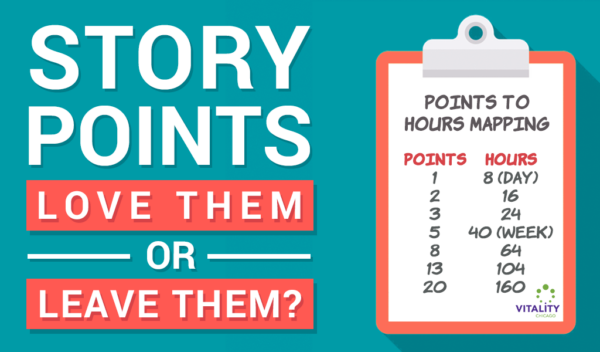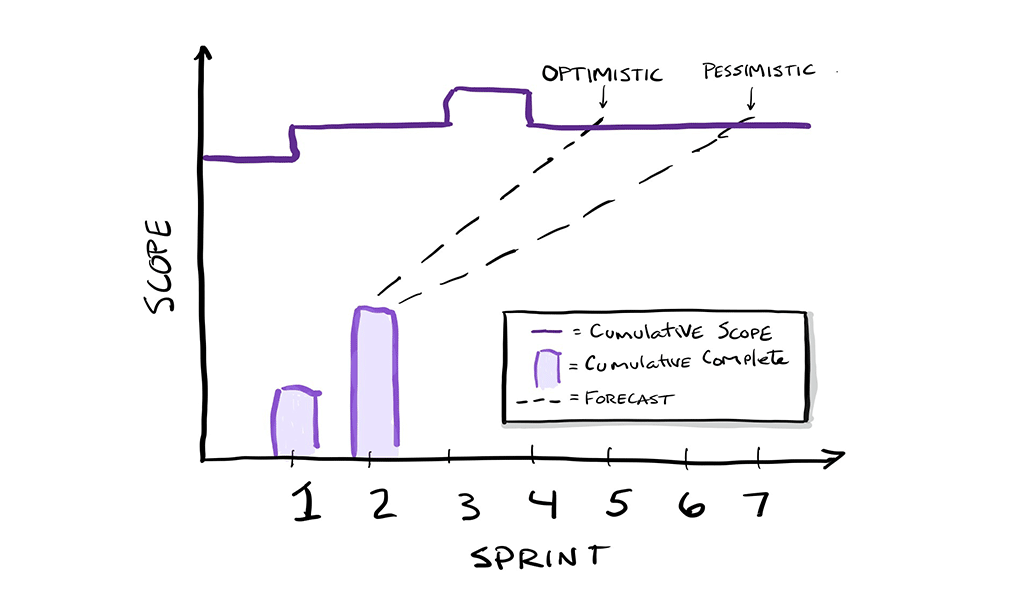 I was teaching an introductory agile training course last week and noticed that many of the students got confused about story points. Taking a step back, I can appreciate their confusion about how story points work.
I personally like story points and find them helpful, especially for new teams. A lot of people don’t like them. Let’s explore why that might be.
I was teaching an introductory agile training course last week and noticed that many of the students got confused about story points. Taking a step back, I can appreciate their confusion about how story points work.
I personally like story points and find them helpful, especially for new teams. A lot of people don’t like them. Let’s explore why that might be.
People Get Confused About Story Points
People in my class got confused about story points. They did not seem to be confused about relative estimating. They were able to use planning poker as a team. And they did affinity estimating as a team. We used the great dog grooming exercise from David A Koontz of the Agile Complexification Inverter site. Participants were able to quickly sort the dogs into groups that were roughly the same size and would “cost” about the same for grooming. They were not confused about the concept of estimating how big things were. What seemed to throw them was specific to using story points. “Do the points equate to hours? Where do the points come from?”, and “Why do you use the Fibonacci scale?” In some cases, they thought each Fibonacci number could only be used on one item.I Always Liked Story Points
I always thought that using story points with either story planning poker or affinity estimating were helpful, especially for new teams. I found they were both fast and accurate enough as an estimating technique. Story points support velocity calculations and that provides a mechanism for teams to gauge their consistent delivery. They also provide ways to forecast the future in what I like to call, reality-based forecasting. I always have discouraged teams from equating points and hours. The advantages of points wane when you make them equal to hours. And you cannot expect teams to improve their velocity if it is grounded in hours of availability.
Good Scrum Masters will support the agile team to use story points correctly and prevent most of the common misuses of story points. To be clear though, story points are not part of Scrum and you won’t find mention of them in the Scrum Guide.
I always have discouraged teams from equating points and hours. The advantages of points wane when you make them equal to hours. And you cannot expect teams to improve their velocity if it is grounded in hours of availability.
Good Scrum Masters will support the agile team to use story points correctly and prevent most of the common misuses of story points. To be clear though, story points are not part of Scrum and you won’t find mention of them in the Scrum Guide.